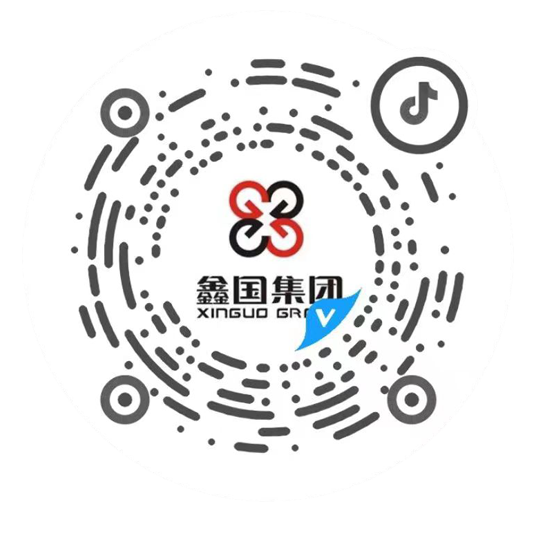What is the measurement method of stainless steel pressure gauge?
Stainless steel pressure gauges use direct contact connectors and pressure sensing element materials to some extent. The structure is completely closed. Stainless steel pressure gauges have strong corrosion resistance to the measuring medium and environment. This stainless steel pressure gauge is suitable for highly corrosive media, and is suitable for corrosion testing of stainless steel components and harsh external environments. Stainless steel pressure gauges are widely used in petroleum, chemical, metallurgy and other industries.
Stainless steel pressure gauge humidity measurement technology has a long history. With the development of electronic technology, modern measurement technology has also developed rapidly. In principle, humidity measurement can be divided into 20 or 30 types. The representation methods of humidity include humidity, relative humidity, dew point, ratio of humidity to dry gas (weight or volume), etc. However, humidity measurement has always been one of the difficult problems in the world measurement field. A simple quantity seems to involve a very complex theoretical analysis and physicochemical calculations. Beginners often ignore several factors that should be paid attention to when measuring humidity, which affects the rational use of humidity.
Commonly used humidity measurement methods are: dynamic method (dual pressure method, dual temperature method, parallel method), static method (saturated salt method, sulfuric acid method) dew point method, dry and wet bulb method and various electronic sensor methods.
In this paper, a dual-pressure and dual-temperature method based on the principle of thermodynamic equilibrium is proposed. The split flow method is based on the mixing of moisture and dry air. Thanks to modern measurement and control methods, these devices can be very precise. However, due to the complex equipment, high price and time-consuming operation, they are mainly used for standard measurement, and the measurement accuracy can reach ±2%RH-±1.5%RH.
The saturated salt method in the static method is a commonly used method in humidity measurement, which is simple and easy to implement. However, the saturated salt method has strict requirements on the equilibrium of liquid and gas phases, and has high requirements on the stability of ambient temperature. Equilibration takes a long time, and low humidity points take longer. Especially when the indoor humidity is quite different from the humidity in the bottle, it needs to be balanced for 6 to 8 hours each time.
The dew point method measures the temperature at which moist air reaches saturation. It is a direct result of thermodynamics, high precision and wide measurement range. The measurement accuracy of the precision dew point meter can reach ±0.2℃ or even higher. However, chilled mirror dew point meters based on modern optoelectronic principles are expensive and are often used with standard humidity generators.
Wet and dry bulb method is an indirect method. Use the wet and dry bulb equation to convert the humidity value into a conditional equation: the wind speed near the wet bulb should be greater than 2.5m/s. Ordinary wet and dry bulb thermometers simplify this requirement, and their accuracy is only 5% to 7% of relative humidity, which is significantly lower than that of electronic humidity sensors. Obviously, wet and dry bulbs are not static methods. Don't simply assume that improving the measurement accuracy of two thermometers equals improving the measurement accuracy of the hygrometer.







